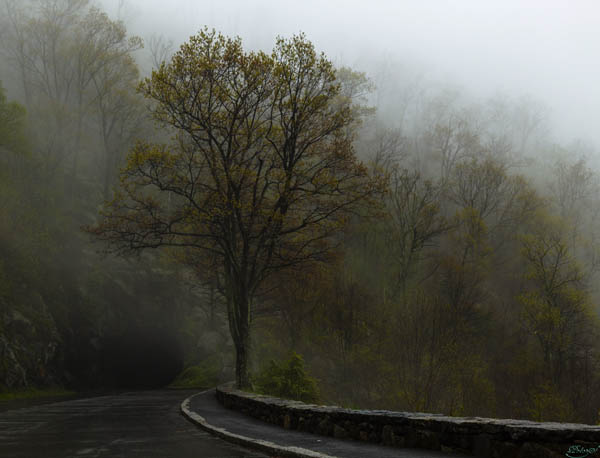|
With Jamestown, Yorktown, so many
Civil War battles, and the homes of Washington and Jefferson, Virginia seemed
the history book of the nation. All well and good, but since my youth, I have
not been a history buff. I was impertinent enough to ask my grammar school
history teacher why I should memorize all these dates and names of dead people,
except to win a few bucks on a game show. Even then, I knew science was the way
to go.
This started to change when my
current travels brought me to the South, a place where people live their
history. This was a new concept for a California boy where a building that
needed a fresh coat of paint was pronounced a historical landmark.
I had come to understand the people
of the South, and I learned that was only possible by not just visiting their
historical sites, but feeling what took place there.
Standing on the Plank Road near
Virginia's Chancellorsville, I was overcome by the thought of the hand-to-hand
fighting, of so many dead underfoot that the combatants slipped on the bodies.
I tried to imagine human beings being shot once every second for 5 hours. So
different from all I had known, and so different from the sleepy flowers I
photographed.
I sat in the shade of Salem Church
near Fredericksburg which became a field hospital after the battles where Col.
Robert McMillan, 24th Georgia remarked, "The amputated limbs were piled up in
every corner almost as high as a man could reach; blood flowed in streams along
the aisles and out the doors." And one of the busy Confederate surgeons was
George R.C. Todd, who was also President Lincoln's brother-in-law.
More than one such battlefield
moved me to tears as I stroked the grass below me. History had become alive
even as it spoke of so much death.
The home of the first colonialists
in Jamestown promised some tranquility, except for a recent discovery dating to
the Starving Time of 1609 when the folks who had escaped England's sooty towns
discovered that they didn't know how to hunt or farm. The trash pit digs
revealed how the colonialists had resorted to eating their horses, then their
dogs, then the village rats. And finally, they had unearthed the body of a
15-year-old girl the archeologists named
Jane who had starved, and
ate what was left of her. I tried to imagine the hushed desperation that must
have swept the camp around me.
History had become too much to
bear. |

Evening fog

Cuniculumphobia (fear of tunnels)

Shenandoah National Park

Busy as a bee

Shenandoah Valley from atop Blue Ridge Parkway
 |
| For more pictures of Virginia, click here. |
 |
|

